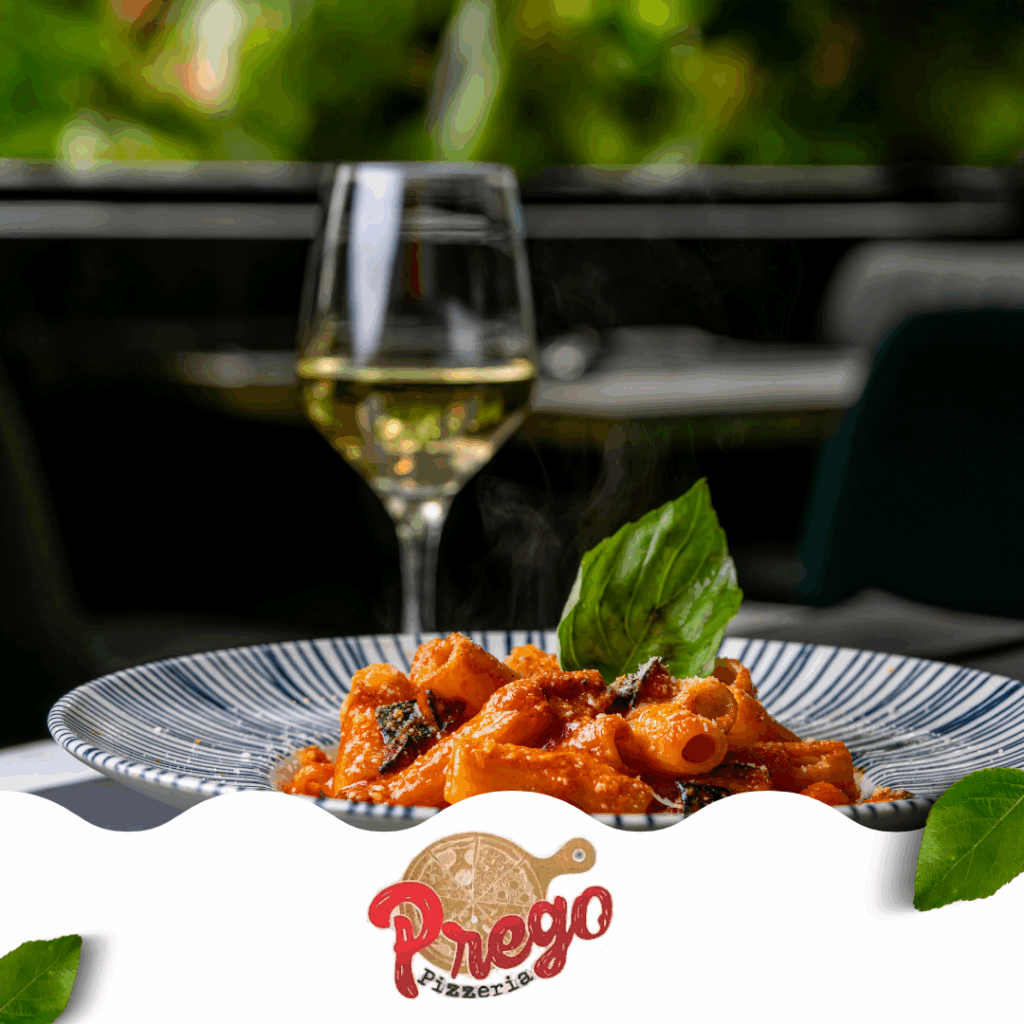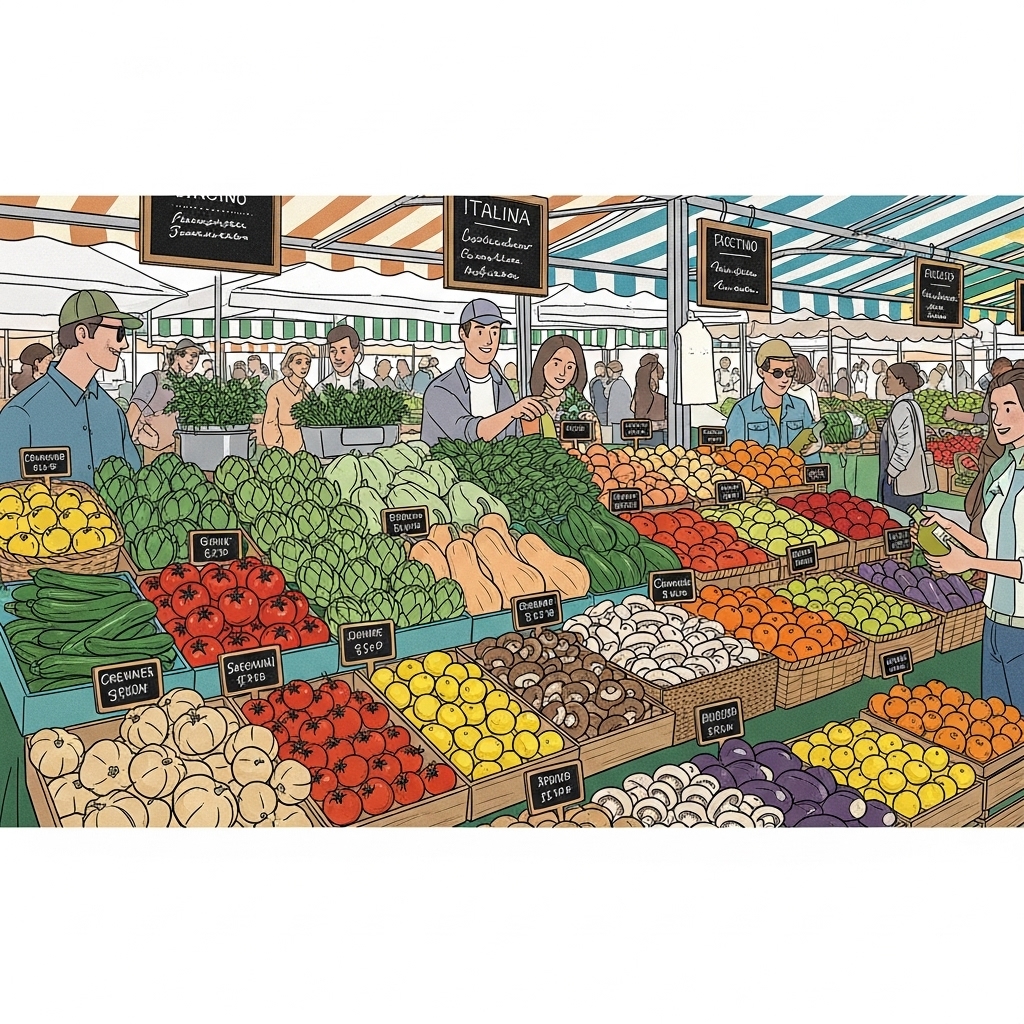The History Behind Italian Food
Italian food has a deep-rooted history that dates back centuries, with each region contributing its unique flavors and ingredients. The origins of Italian cuisine can be traced back to Ancient Rome, where food was prepared using locally sourced ingredients, such as olives, wheat, and wine. Over time, Italian food evolved through interactions with different cultures, especially through trade and conquest. The impact of the Mediterranean diet, with its emphasis on fresh, healthy ingredients, laid the foundation for many of the beloved dishes we enjoy today.
Signature Dishes That Define Italian Food
Some dishes have become synonymous with Italian food worldwide. From the comforting, cheesy goodness of lasagna to the simple yet satisfying flavors of pizza, Italian food offers a vast array of culinary delights. Risotto, a creamy rice dish often paired with seafood or mushrooms, captures the essence of Italian food with its rich, savory taste. Similarly, pasta comes in various forms, with each shape and sauce pairing representing a different Italian region. The simplicity and fresh ingredients used in these dishes highlight the beauty of Italian cooking.
The Importance of Fresh Ingredients in Italian Food
One of the hallmarks of Italian food is its focus on fresh, high-quality ingredients. Whether it’s ripe tomatoes, fragrant basil, or the finest olive oil, the emphasis on quality shines through in every dish. Freshness is key to creating dishes that burst with flavor, and Italian food reflects this philosophy. The simplicity of the ingredients often makes the dish, as too many additions would overshadow the natural flavors that are essential to the cuisine. This approach ensures that each meal is both wholesome and flavorful.
Regional Variations in Italian Food
Italy’s diverse regions offer an array of distinct culinary traditions. From the hearty, meat-heavy dishes of Tuscany to the seafood-rich recipes of the Amalfi Coast, each region has its signature flavors and preparations. In the north, risottos and polenta dominate, while the south is known for its use of tomatoes, garlic, and olive oil. Understanding the regional variations in Italian food enhances the appreciation of the complexity and depth found within Italian cuisine.
Italian Food and Its Global Influence
The global popularity of Italian food is undeniable. Italian immigrants brought their culinary traditions to various parts of the world, making pasta, pizza, and other dishes household staples. Over time, these dishes adapted to local tastes and ingredients, but the essence of Italian food remains the same. Today, Italian food is a symbol of comfort and quality, and its widespread influence continues to grow. The fusion of Italian ingredients with other global cuisines has created a unique culinary experience enjoyed by millions worldwide.




